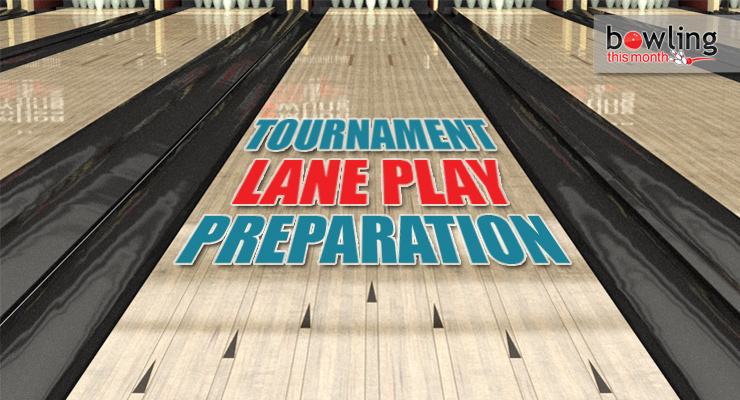Article Contents
- 1. Where are you now? A self-evaluation of your lane play skill
- 2. Lane play comfort zone assessment
- 3. Lane play proficiency zones assessment
- 4. Test yourself: on-lane assessment
- 5. Developing improved lane play skill and comfort
- 6. Arsenal sequencing evaluation
- 7. Closing thoughts
- 8. Print-friendly PDF
Note: This article is only available to Bowling This Month subscribers.
I write this article at an interesting time. Several weeks ago, I coached in the European Men’s Championships serving as the head coach for Lithuania. And, in one week, I will be coaching in the Pan American Games as the head coach for Team Brazil. Each and every time I coach in major events, I witness firsthand how players around the world react to the major tournament environment. Specifically, these tournaments reveal a player’s lane play strengths and weaknesses, as well as their level of comfort playing in specific lane play zones which are necessary to yield maximum scoring results.
From my direct observations in these tournaments, I always witness bowlers who have great potential underperform because they are not fully prepared with all of the skills needed to be at their best at that moment. As a fan of our great sport, I always appreciate the evolution of bowlers over time. But, evolution requires working on areas of discomfort and/or weakness with a full intent to master them.
It is never a good feeling when you see a coach ask a player to do something and they respond back with “I can’t do that” or “I don’t feel comfortable doing that.” Often, this is a function of a lack of knowledge, skill, or preparation that takes many years of commitment to come to fruition. If a player approaches each tournament as a learning opportunity and constantly assesses their skills and comfort levels, evolution is inevitable if they commit to working on the identified areas of weakness. Specifically, with a focused training plan, all bowlers can improve their performance imprint over time. This is often more than a 10+ year process to full realization and should not be considered a quick fix.
In this month’s article, I provide another opportunity for self-reflection via an evaluation of one’s current game. Through the evaluation, the bowler and/or coach can develop a revised training program to aid the bowler in moving forward. This article, in tandem with my recent lane play gap analysis article, will set you on an improved path in the training arena.
Where are you now? A self-evaluation of your lane play skill
This evaluation is intended to reveal detailed information about your lane play strengths and weaknesses in order to provide you with areas to develop and to inform a newly revised ...
Already a premium member? Click here to log in.


